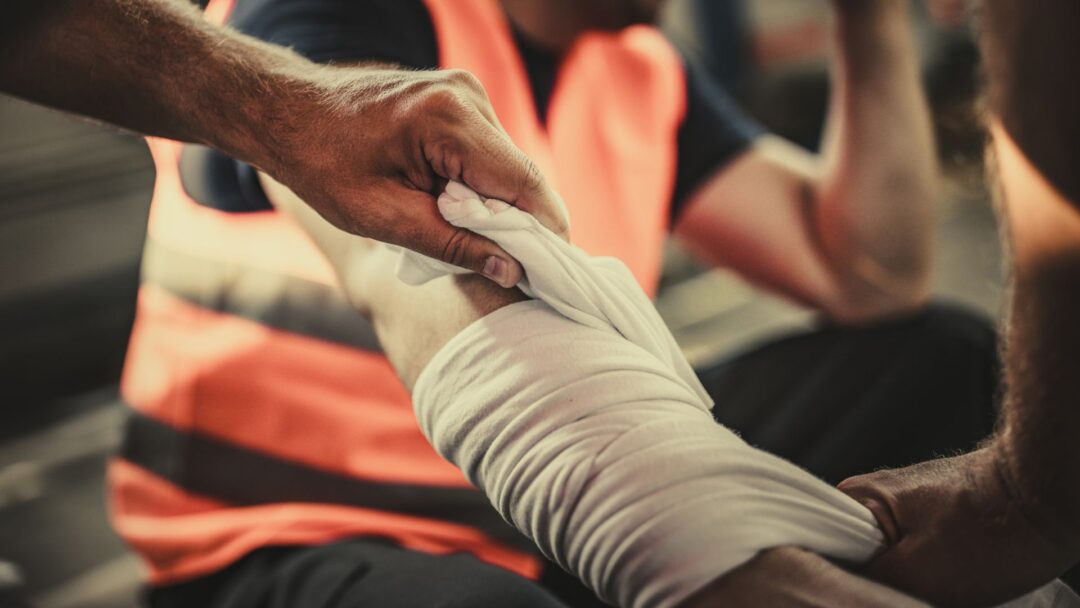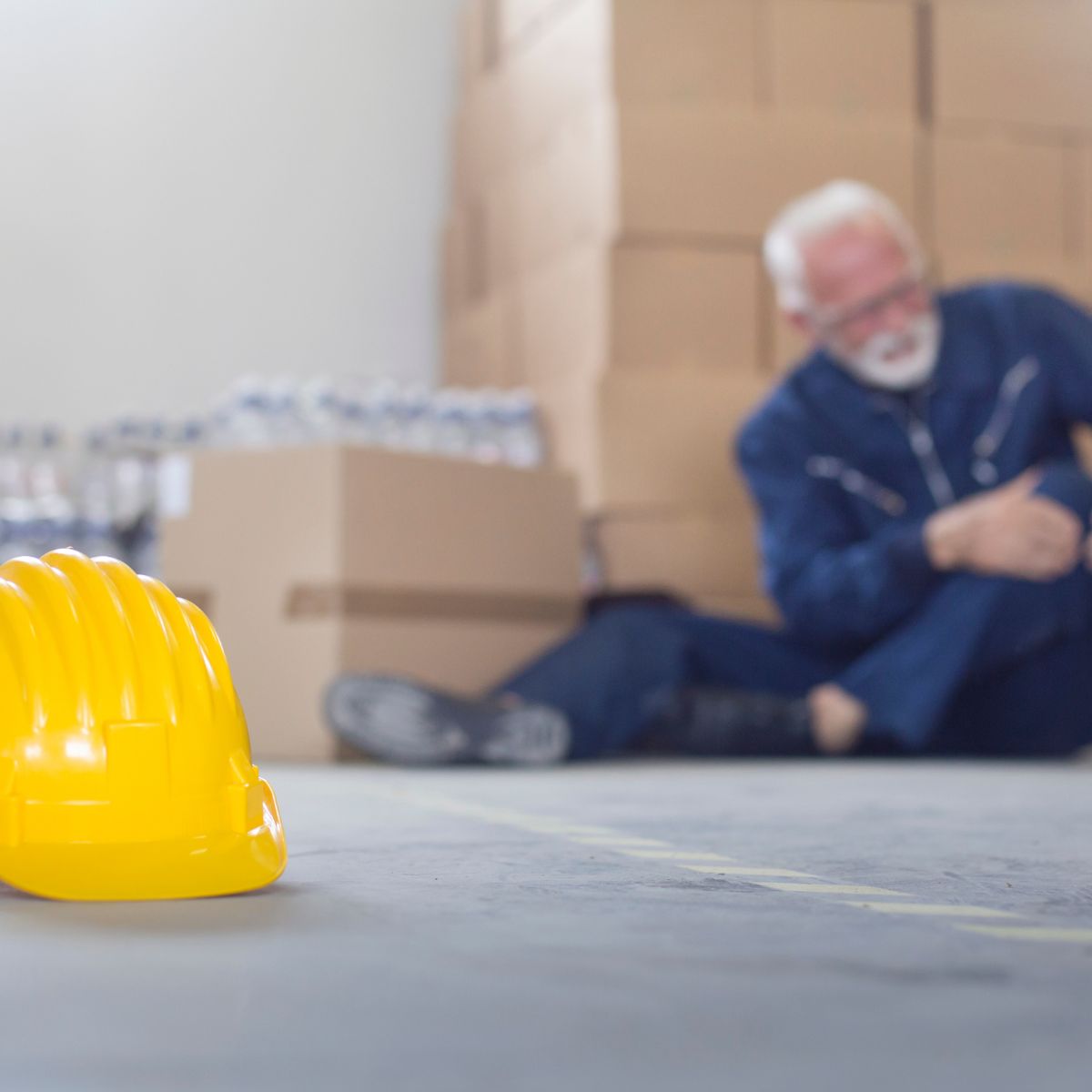Most workplace injuries, with collaborative effort and temporary adjustments, don’t have to result in prolonged absences. There’s growing evidence and consensus that maintaining a connection to work, even in a modified capacity, significantly benefits recovery.
A routine task quickly escalated into a critical situation for a skilled mast maker in 2024. While cutting materials with a portable power tool, a split-second miscalculation resulted in a severe laceration to his left finger, severing the tendon and partially cutting into the knuckle bone. The incident, requiring hospital admission and surgery, underscored the risks present in even the most controlled work environments.
Steve Birdsall, Health and Safety Manager at Southern Spars Ltd, recalls the incident’s immediate impact.
“The injury not only demanded swift medical attention but also challenged us to think about how best to the support our employee’s recovery without sidelining him from the work he is passionate about.”
But such experiences, while daunting, are not unique. Across the manufacturing sector, ACC reports that in 2022, injury claims resulted in around 240,400 lost workdays, impacting productivity and morale. About 27% of these claims are for soft tissue injuries, like sprains or strains, often resulting from routine activities such as lifting, carrying, or an unfortunate twist or stumble.
The silver lining? Most workplace injuries, with collaborative effort and temporary adjustments, don’t have to result in prolonged absences. There’s growing evidence and consensus that maintaining a connection to work, even in a modified capacity, significantly benefits recovery. Not only does it aid physical rehabilitation, but it also supports mental and psychological health, fostering a sense of normality and purpose for the injured employee. This results in a positive outcome for the injured employee and helps to maintain a supportive work culture that encourages an earlier return to work.
Reflecting on their approach, Birdsall highlights the importance of an inclusive recovery plan.
“By providing alternative duties and a reduction of hours that accounted for our employee’s medical restrictions, we kept him engaged and integrated within our team.
“This not only maintained our operational productivity but also played a crucial role in his mental and psychological well-being.”
Indeed, ACC champions the recovery at work model, noting that clients with positive work-based recovery experiences report faster returns to full health, strength, and mobility.
Furthermore, staying involved in the workplace can lead to earning 100% of the usual income through a combination of ACC’s weekly compensation and wages for performed duties, compared to the standard 80% compensation rate.
The journey back to work post-injury is a collaborative venture involving the injured worker, their manager, healthcare providers, and supportive networks like family, friends, and colleagues. Early engagement with injured employees ensures they feel valued and supported, while jointly developed recovery plans encourage a smooth transition back to regular duties.
Birdsall emphasises, “Regular communication between the injured party and employer is paramount.”
From the onset of the injury through surgery and the return to work program, Southern Spars maintained close communication with the injured employee. Senior management were in regular contact before and after the surgery, a practice complemented by the diligent follow-up from the health and safety team to manage and implement his return to work (RTW) program effectively.
Southern Spars’ experience illustrates the positive impact of a thoughtfully managed recovery process. Through regular communication, modified duties, and a steadfast commitment to the well-being of their team, their injured employee was able to return to full-time work, albeit with some ongoing adjustments, within three weeks of their injury.

Everyone’s recovery journey is different, but there are some common things your business could think about putting in place:
- Create the culture: start with your policy. What does good recovery at work look like for your business? Involve your team in creating an adaptive and flexible work environment.
- Start the conversation early: being involved early and often with an injured team member will help make them feel supported while making sure their recovery is on the right track.
- Create a recovery at work plan together: it’s important management, the injured team member, and their health provider agree on a recovery at work plan. This could mean finding duties they can do safely with their injury, modifying their work environment, or work hours.
- Stay connected: regular communication about the team member’s recovery is key to keeping them engaged with work and tracking their progress.
- Use MyACC: MyACC is a useful self-service online platform for ACC clients to apply for weekly compensation, upload their medical certificate and request support for things like transport to and from work and equipment to help with rehabilitation.
- Use MyACC for Business: MyACC for Business is helpful for business owners to access information about their work-related injury claims, including medical certifications.
ACC has created some useful resources, including videos, quick guides and a recovery at work plan template, to help everyone understand their role in recovery at work. Visit acc.co.nz/recoveryatwork

